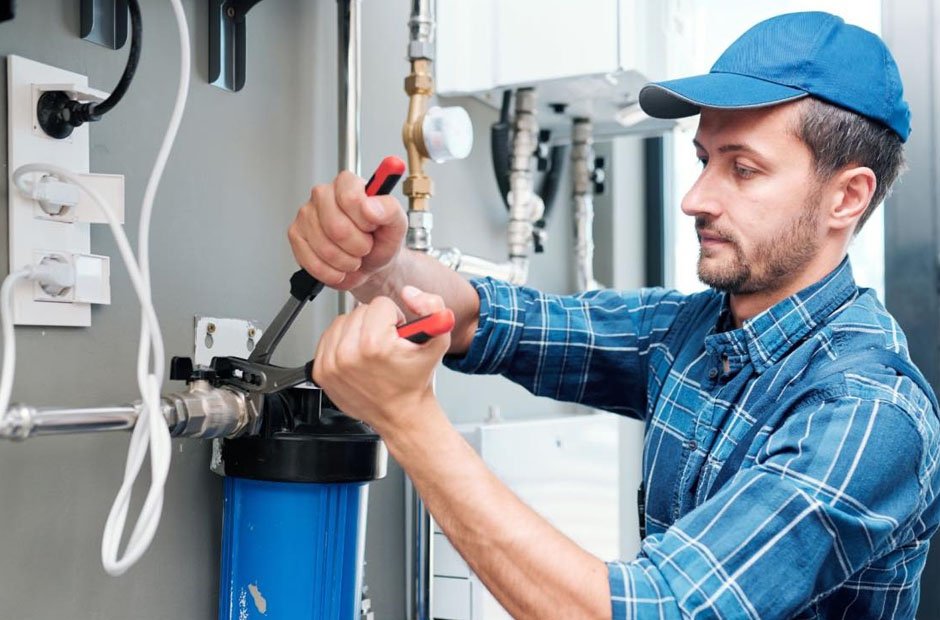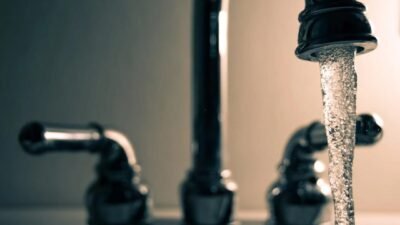Energy-efficient plumbing is a vital component of modern, sustainable living. By upgrading your plumbing systems, you can reduce water and energy bills, lower your environmental footprint, and even increase your home’s property value. From innovative fixtures to smart technology, there are numerous ways to improve your home’s efficiency while enjoying substantial cost savings. This guide explores the best plumbing upgrades for energy efficiency and how they can transform your home.
Why Energy Efficiency Matters in Plumbing
Plumbing and energy use are closely interconnected, as water heating and conservation directly affect household energy consumption. Did you know that nearly 18% of a typical home’s energy use goes toward heating water? Moreover, leaks and inefficient systems waste thousands of gallons annually, translating to higher bills and unnecessary resource consumption.
By investing in energy-efficient plumbing upgrades, homeowners can cut down on waste and make their homes greener. Every drop and watt saved contributes to a more sustainable future while benefiting your wallet.
Upgrade Your Water Heater
Tankless Water Heaters
Traditional water heaters keep a reservoir of water hot 24/7, consuming significant energy. Tankless water heaters, on the other hand, heat water on demand, saving energy and reducing utility bills. These compact systems are ideal for energy-efficient plumbing because they eliminate standby energy losses and offer a consistent supply of hot water.
Solar Water Heaters
For eco-conscious homeowners, solar water heaters are an excellent choice. Using the power of the sun, these systems provide sustainable water heating while drastically reducing energy costs over time. Though they require a higher initial investment, their long-term savings and environmental benefits are undeniable.
High-Efficiency Traditional Water Heaters
If you’re not ready to transition to tankless or solar options, high-efficiency traditional water heaters offer a great middle ground. They use better insulation and advanced heating mechanisms to cut energy usage compared to older models.
Low-Flow Fixtures for Water Conservation
Upgrading to low-flow fixtures is one of the simplest ways to embrace energy-efficient plumbing. These devices are designed to reduce water consumption without compromising performance.
Low-Flow Showerheads
Modern low-flow showerheads can save up to 2,700 gallons of water per year for an average family. They maintain strong water pressure while reducing flow, ensuring a comfortable yet efficient shower experience.
Low-Flow Faucets
Ideal for kitchens and bathrooms, low-flow faucets combine aeration technology with lower water flow rates. These fixtures significantly reduce water use during everyday tasks like washing dishes or brushing teeth.
Dual-Flush Toilets
Dual-flush toilets allow users to select a lower water volume for liquid waste, cutting water usage by nearly half compared to standard toilets. This upgrade is a smart and effective way to reduce water and energy bills.
Insulating Pipes for Maximum Efficiency
Pipe insulation is a cost-effective yet often overlooked upgrade. By insulating your hot water pipes, you minimize heat loss, ensuring water remains warmer for longer periods. This reduces the energy required to reheat water, making it a simple but impactful solution. Additionally, insulation helps protect pipes from freezing in colder climates, preventing potential damage and costly repairs.
Smart Plumbing Technology
Incorporating smart technology into your plumbing system can drastically improve energy efficiency while enhancing convenience.
Smart Water Leak Detectors
These devices detect leaks in real time, preventing water waste and costly property damage. By addressing leaks early, you conserve water and reduce your overall usage.
Smart Irrigation Systems
For outdoor efficiency, smart irrigation systems optimize water usage based on weather conditions, soil moisture levels, and plant needs. They help homeowners save water while maintaining lush gardens and landscapes.
Water Usage Monitors
Water usage monitors provide detailed insights into your consumption habits, empowering you to identify inefficiencies and make informed adjustments to reduce water and energy bills.
Whole-House Water Filtration Systems
Hard water is notorious for causing wear and tear on appliances, leading to decreased efficiency and increased energy usage. A whole-house water filtration system improves water quality, reducing mineral buildup and extending the life of your plumbing system. Clean water heats more efficiently, further contributing to energy savings.
Recirculation Pumps for On-Demand Hot Water
Waiting for hot water to reach your tap wastes both water and energy. Recirculation pumps address this issue by ensuring hot water is instantly available at every fixture. Modern energy-efficient models use minimal energy to maintain a steady flow, making them a practical addition to your home.
Eco-Friendly Materials for Plumbing Pipes
Switching to eco-friendly plumbing materials like PEX (cross-linked polyethylene) can improve your home’s energy efficiency. PEX is not only durable but also requires less energy to manufacture compared to traditional materials like copper. Its flexibility reduces the need for fittings and joints, minimizing the risk of leaks and further enhancing efficiency.
Professional Maintenance for Optimal Efficiency
Even the most advanced plumbing systems require regular maintenance to operate efficiently. Scheduling professional inspections ensures that your systems are free of leaks, clogs, and other inefficiencies. Trained plumbers can also identify opportunities for improvement, helping you get the most out of your energy-efficient plumbing upgrades.
Cost vs. Benefit: Is It Worth It?
While energy-efficient plumbing upgrades may seem costly upfront, their long-term savings often outweigh the initial investment. Here’s a breakdown:
- Tankless Water Heaters: Save up to $100 per year in energy costs.
- Low-Flow Fixtures: Pay for themselves within months through reduced water bills.
- Pipe Insulation: Costs as little as $1 per foot but delivers significant energy savings over time.
To maximize your budget, start with smaller upgrades like low-flow fixtures and pipe insulation, then gradually invest in larger projects like tankless water heaters or solar systems.
Energy-efficient plumbing is an investment that pays dividends in utility savings, environmental benefits, and enhanced home value. From low-flow fixtures to smart technology and advanced water heaters, there are numerous ways to reduce water and energy bills while embracing sustainability. Start small with easy upgrades, and work your way toward larger, more impactful changes. By taking action today, you’ll enjoy a more efficient, eco-friendly home for years to come.



